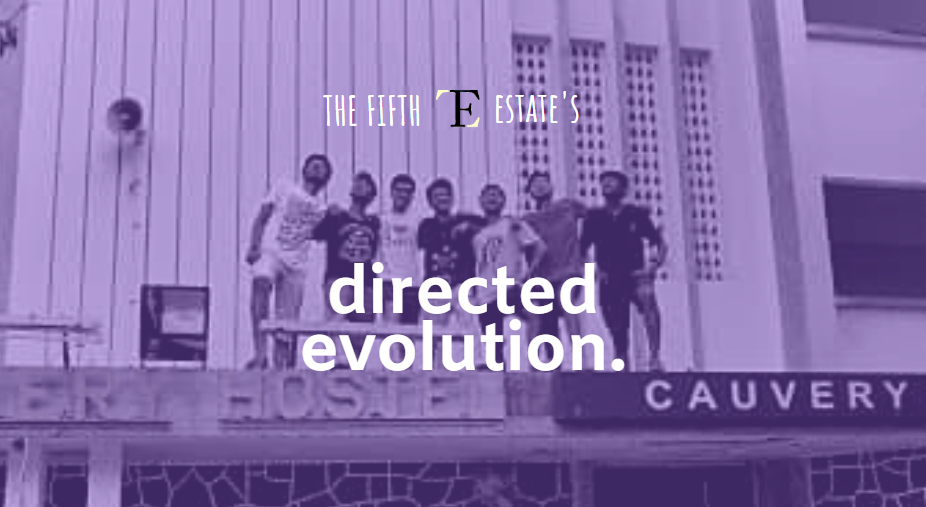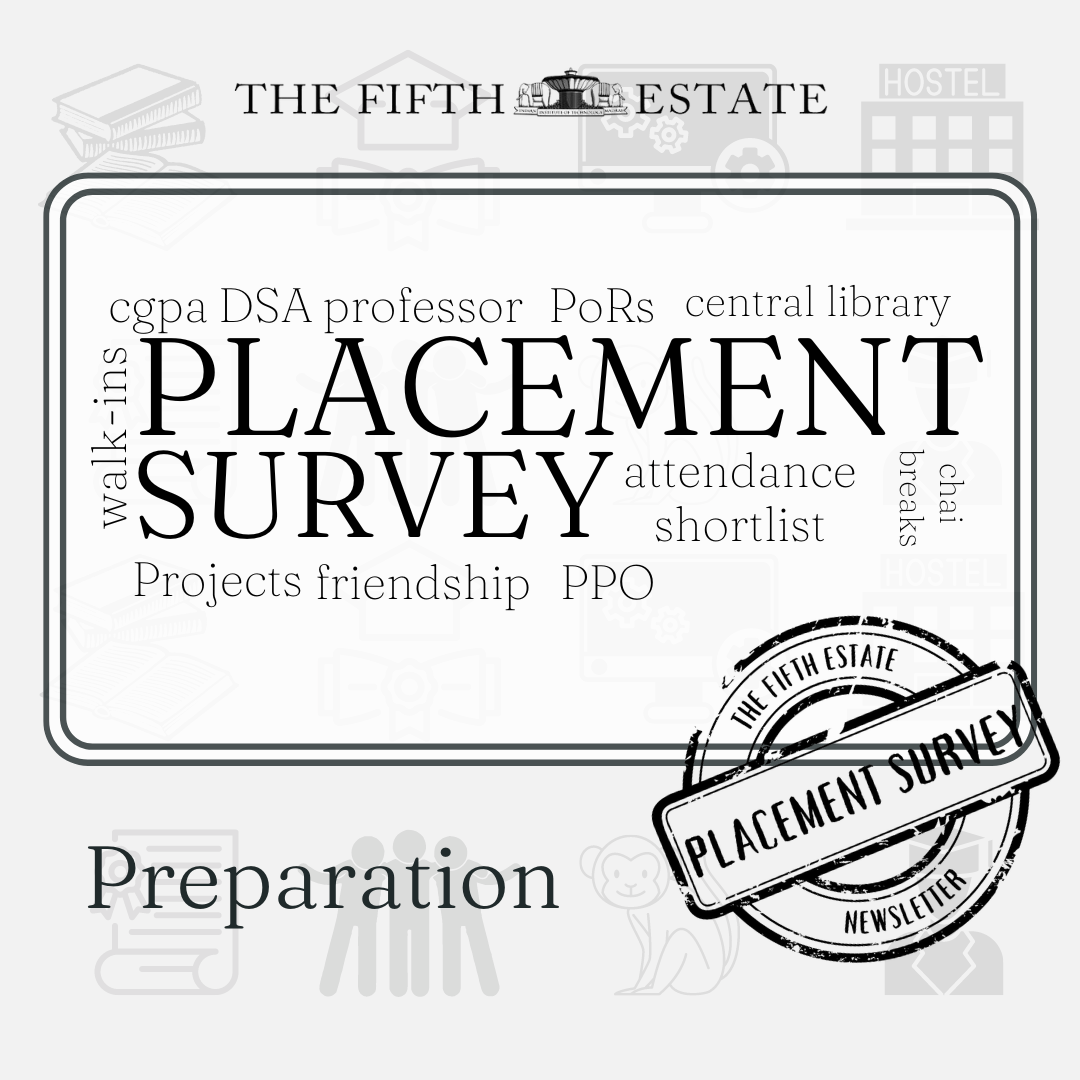by Vignesh Iyer

The ‘Mamaya Karunya’ in Shanmukhapriya, was followed by the Ragam-Thanam-Pallavi. This time, it was in Janaranjani. The RTP was teasing, right from the start, and the energy built up as they approached the climax, finishing with a flourish. The audience erupted with the stop of the beat. A few of them, as usual, slipped into the canteens outside the hall.
Scenes from a day in the Music Festival, which takes place across the city, in December. The Music Season is an event hosted every December to early January in Chennai. It all began in 1927, when it was conducted to mark the opening of the Madras Music Academy. Due the huge success of the season, and the month of Markazhi (Margasirsa in north India) being associated with fine arts since the times of the Pallavas, the organizers decided to make it an annual fare. This annual music season, initially started in a single sabha, has over the years, snowballed into a huge annual festival in Chennai.
Spanning six weeks, a number of kutcheris (Carnatic music concerts) are conducted in various sabhas (halls owned by clubs in the city). The season is at its peak, ideally between the 15th of December and the 1st of January every year. Each sabha, which owns a hall (or two) hosts about 4 to 5 kutcheris a day. The kutcheris begin at around 8 in the morning, and go on until 10 in the night. Entry to the first 3 or 4 kutcheris of the day, are generally free of cost in all sabhas. These kutcheris are performed by upcoming musicians. They get to perform in nearly 60 sabhas across the season, and this gives them huge exposure. The last kutcheri of the day, usually the evening show, at around 6 in the evening, is by a prominent, established musician. The ticket prices for these concerts range from Rs.50 to Rs.10000, depending upon various factors such as the auditorium, the stage view, and also the popularity of the lead artist.
A classic Carnatic concert consists of a varnam, kritis, ragam-thanam-pallavi (RTP), tillanas and thukkadas. The varnam is the invocatory item, which acts as the opening piece. It is composed with an emphasis on the swaras of the raga, but will also have lyrics. It is lively and fast to catch the audience’s attention . Next, the artist performs kritis. After singing the opening kriti, usually, the performer sings the kalpanaswaram of the raga to the beat. The performer must improvise a string of swaras in any octave according to the rules of the raga and return to beginning of the cycle of beats smoothly, joining the swaras with a phrase selected from the kriti. The violin performs these alternately with the main performer. Performers then begin the main compositions, or the ragam-thanam-pallavis (RTPs) with a section called raga alapana exploring the raga. In this, they use the sounds aa, ri, na, ta, etc. instead of swaras to slowly elaborate the notes and flow of the raga. This begins slowly and builds to a crescendo, and finally establishes a complicated exposition of the raga that shows the performer’s skill.
All of this is done without any rhythmic accompaniment, or beat. Then the melodic accompaniment (violin or veena), expounds the raga. With the raga thus established, the song begins, usually with lyrics. In this, the accompaniment (usually violin, sometimes veena) performs along with the main performer and the percussion (such as a mridangam). In the next stage of the song, they may sing niraval or kalpanaswaram again. In most concerts, the main item will at least have a section at the end of the item, for the percussion to perform solo (called the tani avartanam). The percussion artists perform complex patterns of rhythm and display their skill. If multiple percussion instruments are employed, they engage in a rhythmic dialogue until the main performer picks up the melody once again.
Following the main composition, the concert continues with shorter and lighter songs. Some of the types of songs performed towards the end of the concerts are tillanas and thukkadas – bits of popular kritis or compositions requested by the audience. Every concert that is the last of the day ends with a mangalam, a thankful prayer and conclusion to the musical event.
The audience of a Carnatic music concert are usually a very knowledgeable crowd. They are generally seen tapping their fingers in sync with the artist’s performance. The audiences are across age groups. Many of them can be seen taking notes as the artist performs. Another pastime the audiences indulge in, is guessing the raga, as a new song begins. Sometimes, deliberate pauses or underplay, in the midst of a creative session, are filled in with applause from the audiences. In the past, Audiences used to be extremely conservative about the kind of music they wanted to hear in a Carnatic concert, but, of late, have been more receptive to concerts that have deviated from the classic Carnatic format. Some concerts are now thematic. Also, some artists include Hindustani compositions and abhangs in their concerts, as part of the thukkadas section.
The music season has predominantly been a Mylapore affair. Mylapore, in some sense, the hub of the city’s cultural activities, is the place where most of these concerts take place. Well known sabhas include Music Academy, Mylapore Fine Arts Club, Rasika Ranjani Sabha, Kartik Fine arts, Krishna Gana Sabha, Brahma Gana Sabha etc. Other prominent centres include T.Nagar, Triplicane, K.K.Nagar, among others. Established stalwarts such as Nithyasree Mahadevan, Sudha Raghunathan, T.M.Krishna, P.Unnikrishnan, K.J.Yesudoss, Ranjani-Gayathri, Bombay Jayasri and Aruna Sayeeram always draw in the huge crowds, but what was extremely heartening about this year’s season was the huge public attendance for emerging talents. The new kids on the block, such as Abhishek Raghuram, Bharat Sundar and T.N.S.Krishna, justified the audience’s selection by keeping them enthralled with their renditions of songs.
Another important aspect of the concerts is the canteen. Every sabha, has a canteen, which is contracted out to a caterer for the December season. These canteens provide quality breakfast, lunch and dinner, and serve as restaurants to those who hop from sabha to sabha all day long. There is also the culture of a certain hundreds of people, who walk into sabhas, plainly for the good food there is on offer.
The festival is hugely awaited every year, and causes a deep impact in the field of Carnatic music every year. The season dictates the trends, and the renewal of bonds between artists and audiences happens without fail every 15th of December. Newer awards are given away, newer concerts are introduced, but the essence is always the same, and the biggest beneficiary of this season, which has of late acquired international prominence, is definitely the music.



